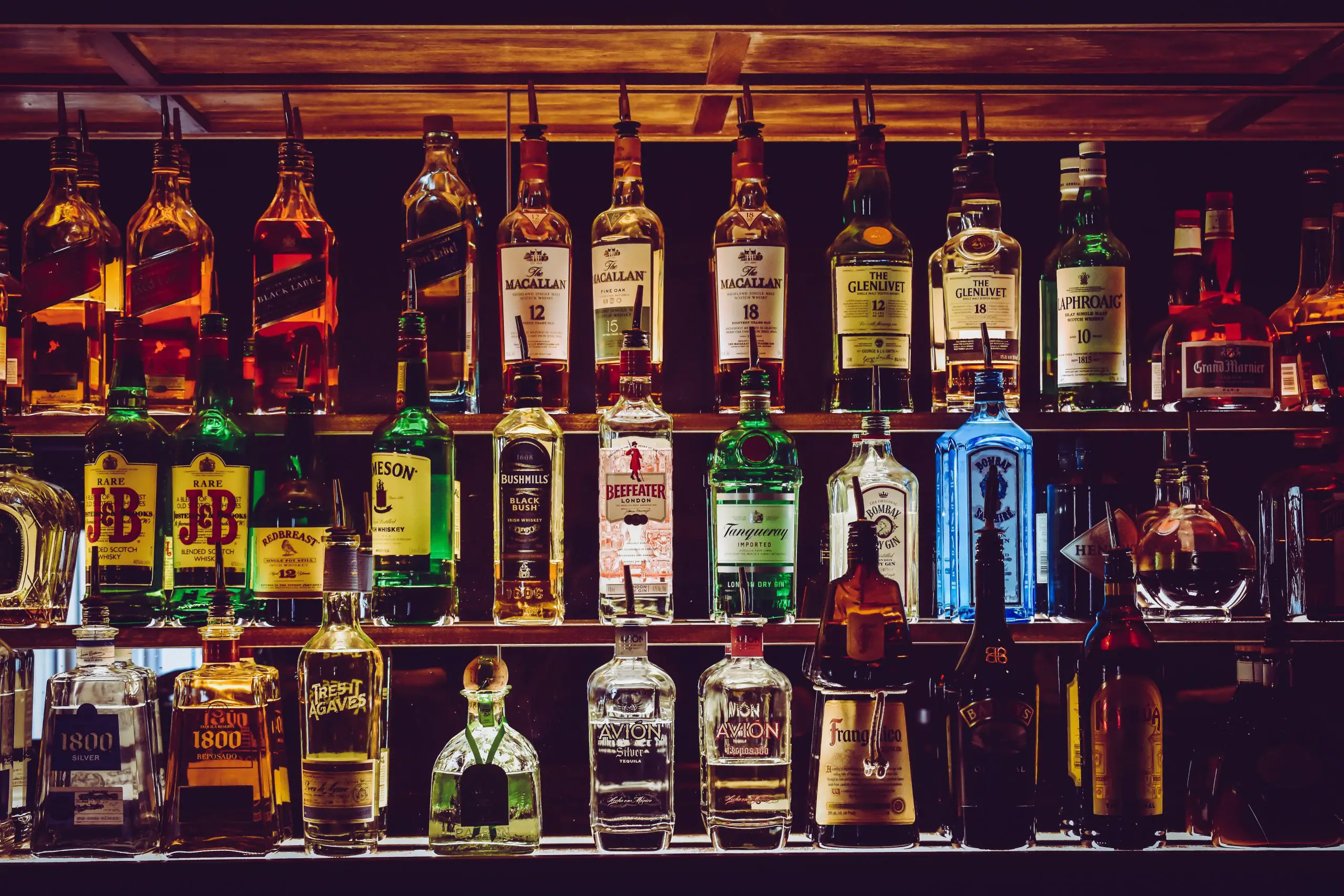Spirits are strongly distilled alcohols that contain ethanol and water and are made from alcoholic liquid or mash.
On the other hand, alcohol is a volatile and colorless liquid produced through the fermentation of sugar and/or sugar-based substances, and it is the intoxicating substance in spirits, beers, and other alcoholic drinks.
History and Origin of Spirits
The word alcohol comes from the Arabic word Al-Kuhl that means “body-eating spirit”.
The Arabs also give the roots of origin as the English word ghoul, which commonly refers to evil demons thought to eat human bodies and corpses.
In middle eastern alchemy terminologies, it is believed that this kind of alcohol/liquor came from experimental magical exploration.
It is also unusual that the ingestion of the same takes control of the entity and extracts the soul out of it.
Once the soul is extracted, neighboring entities take control of the body, hence, the word spirits.
It is also believed to be the cause of blacking out and partial amnesia that follows, which is associated with excessive drinking of these recreational drinks.
Types of Alcohol Commonly Called Spirits
Among the many kinds of distilled spirits available in the market today there are only six kinds of base liquors.
These six are distilled using methods that are mostly similar but possess different tastes and flavors.
These types are also the most commonly preferred drinks/alcohol in any club or recreational facility with liquor lovers.
They include: Tequila, Brandy, Vodka, Gin, Rum, and Whiskey.
Tequila
Mixed with any fruit imaginable, tequila is the most commonly used spirit in the making of cocktails. This is because of its diverse flavor profile that mixes into anything.
It is made from the blue agave plant where the plant is fermented then the juices distilled to make the spirit.
This drink has its origin in the area surrounding the city of Tequila northwest of Guadalajara, Mexico.
Products of the blue agave plant that are made outside Mexico cannot contain the brand name Tequila, for trademark reasons.
Tequila’s alcohol by volume is between 38 and 55% and 80 to 100 proof and has regulations mainly in its area of origin. This drink has a distinct vegetable and earthly flavor.
Brandy
Mostly drunk as a digestive aid after a meal. Brandy has an alcohol content of between 35 to 60% and 70 – 120 proof.
Brandy is distilled from the main grapes but other fruits can also be used. Brandy contains a burnt wine taste with flavors varying depending on the variety of fruits used in the distillation.
The aging of brandy is determined by style but usually done in oak barrels and labeled according to time. VS is a minimum of 3 years, VSOP is a minimum of 5 years, XO is a minimum of 7 years, XXO= minimum of 20 years.
There are not any specific restrictions for brandy worldwide apart from some geographical trademark regulations for specific ingredients.
Vodka
Vodka contains a neutral ethanol taste that makes it the most versatile spirit among the six base liquors.
This makes it favorable for any cocktail as it possesses a host of taste profiles.
Its neutral taste enables it to be distilled from almost anything including corn and potatoes. It rarely gets aged and has an alcohol content of between 40 and 50% with 80 to 100 proof.
There are no restrictions for vodka, as there are no styles apart from flavors added to the base liquid.
Rum
Rum has a sweeter flavor compared to the other base spirits making it more versatile and was the first to be used in the making of cocktails.
Rum has a taste similar to that of sugar, but it is later limited during the distillation process.
This process will later transcend itself to the drink’s taste. This drink has its origins in the Latin regions and the Caribbeans. The restrictions for the production of this spirit are in the mentioned regions.
Its alcohol content is 40% and 80% proof.
Whiskey
With the most styles of any spirit, whiskey is also very versatile and is very common in the making of cocktails.
Whiskey is mainly distilled from a single grain or a combination of grains to alter the taste. It has a malted grain and roasted grain but the taste can also be altered according to the style of making it.
It is almost or always aged in oak barrels and has an alcohol content of 40 to 50% and 80 to 100 proof.
Gin
Gin is a dry drink that is predominantly non-sweet and is distilled from barley, corn, and rye, and derives its distinct flavor from juniper berries. It is unaged and typically has an alcohol content of 40 to 47% with 80 to 94 proof.
There are no regulations for this drink.
Frequently Asked Questions
Conclusion
In conclusion, it is not known for sure why alcohol/ liquor is called spirits, but we can certainly speculate on that.
However, the element of intoxication and behaviors of intoxicated entities can shed a light on the reasons why these kinds of alcohol have been known as spirits for a long time.
